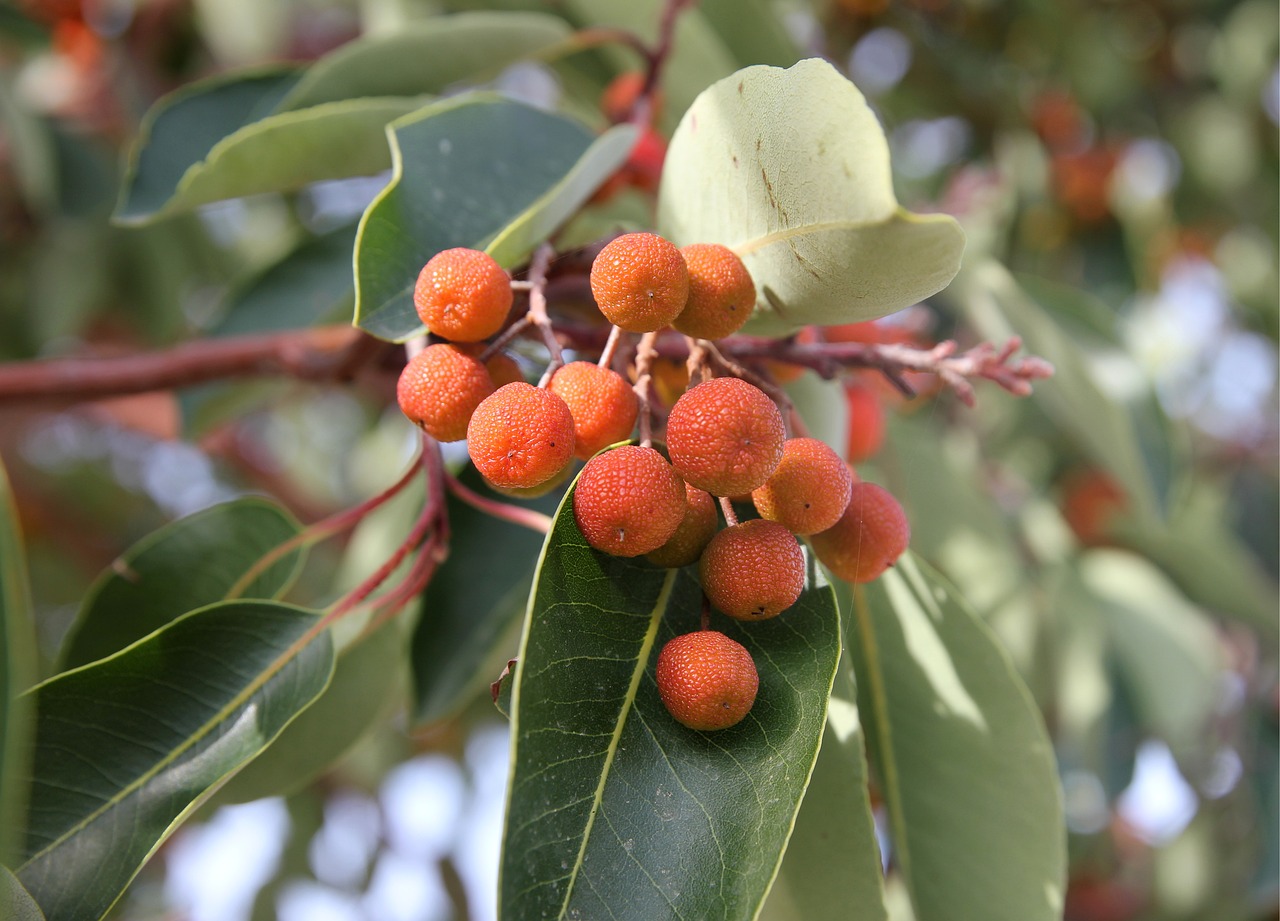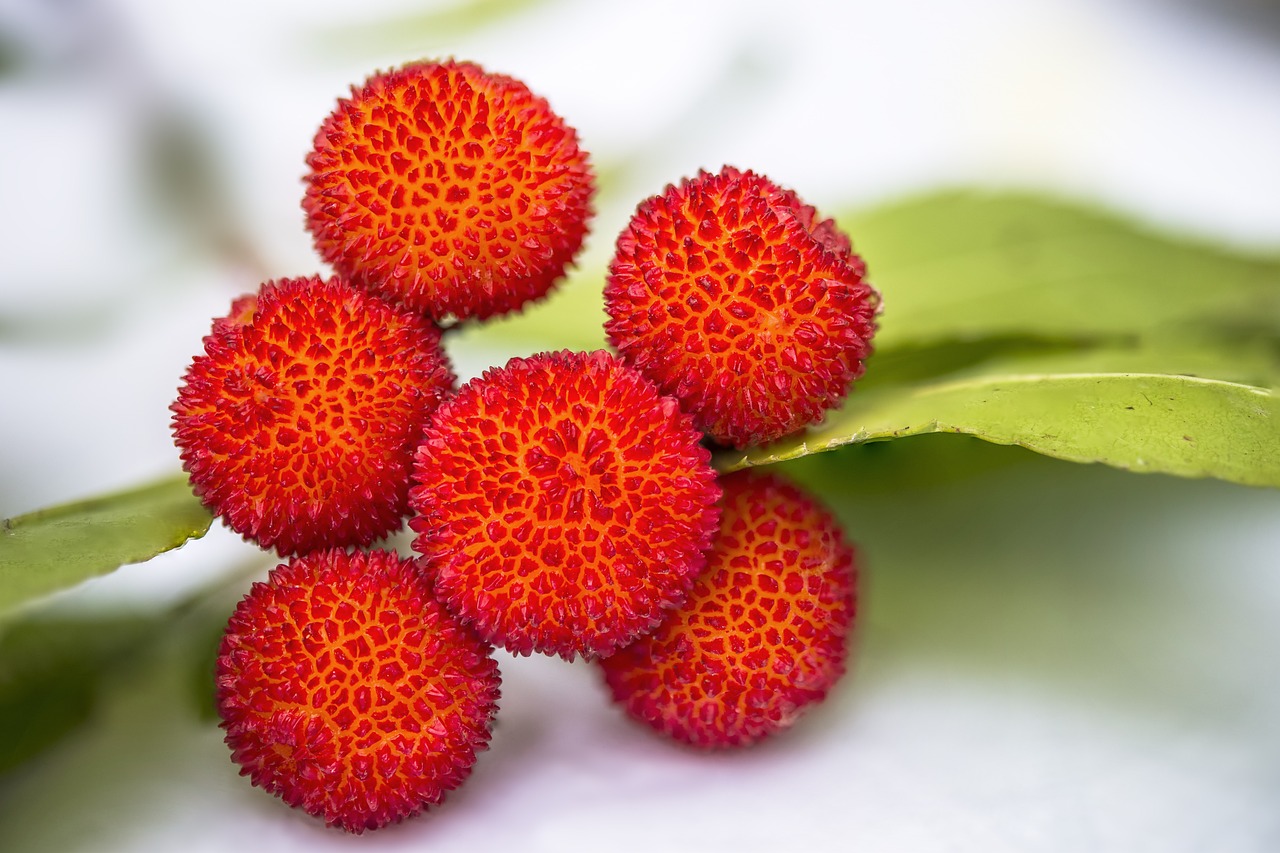“`html
Discovering Arbutus: A Comprehensive Guide to This Unique Plant
The Arbutus is a fascinating plant that captivates with its unique characteristics and rich symbolism. Known for its distinctive appearance and ecological significance, the Arbutus is more than just a plant—it’s a symbol of resilience and beauty. This blog post will delve into the world of Arbutus, exploring its habitat, characteristics, symbolism, and cultivation tips, helping you appreciate and grow this remarkable plant.
Understanding Arbutus: Habitat and Characteristics
Native Habitat
The Arbutus, commonly known as the strawberry tree, is native to the Mediterranean region and parts of western Europe. It thrives in mild climates and is often found in rocky, well-drained soils. Arbutus trees are well adapted to coastal environments, making them a popular choice for gardens in these areas.
Unique Characteristics
The Arbutus is easily recognizable by its reddish-brown bark, which peels away to reveal a smooth, cinnamon-colored layer underneath. This evergreen tree or shrub boasts glossy, dark green leaves and produces clusters of small, bell-shaped white or pink flowers. One of its most striking features is its bright red, strawberry-like fruits, which appear in late autumn.

Symbolism and Cultural Significance
In various cultures, the Arbutus symbolizes protection and transformation, likely due to its resilient nature and ability to thrive in challenging environments. The tree is often associated with growth and renewal, making it a popular motif in art and literature. Its flowers are said to symbolize hope and promise, adding a layer of depth to its cultural significance.
How to Grow Arbutus: Cultivation Tips
Ideal Growing Conditions
To successfully cultivate Arbutus, it’s essential to mimic its natural habitat. Choose a location with full sun to partial shade and well-drained soil. The plant is drought-tolerant once established but prefers regular watering during its initial growth phase.

Planting and Maintenance
- Plant Arbutus in early spring or fall to give it time to establish roots before extreme weather conditions.
- Ensure good air circulation around the plant to prevent fungal diseases.
- Prune the tree in late winter to maintain its shape and remove any dead or diseased branches.
- Fertilize once a year with a balanced, slow-release fertilizer to promote healthy growth.
Pest and Disease Management
Arbutus is relatively pest-resistant but can occasionally suffer from leaf spots and root rot. To prevent disease, avoid overhead watering and ensure the soil is well-drained. If pests become a problem, consider using organic insecticides or introducing beneficial insects to manage outbreaks.
Additional Information on Arbutus
If you’re interested in learning more about Arbutus or other similar plants, consider exploring resources such as the Royal Horticultural Society website, which offers detailed information on various plant species.
For those looking to incorporate Arbutus into a larger garden design, our garden design tips post provides valuable insights into creating a cohesive and aesthetically pleasing outdoor space.
Conclusion
The Arbutus is a remarkable plant that offers both aesthetic beauty and ecological benefits. By understanding its habitat, characteristics, and growing needs, you can successfully incorporate this unique tree into your garden, adding a touch of Mediterranean charm and resilience to your landscape. Whether you’re drawn to its symbolism or its striking appearance, the Arbutus is sure to be a valuable addition to any plant collection.
“`
